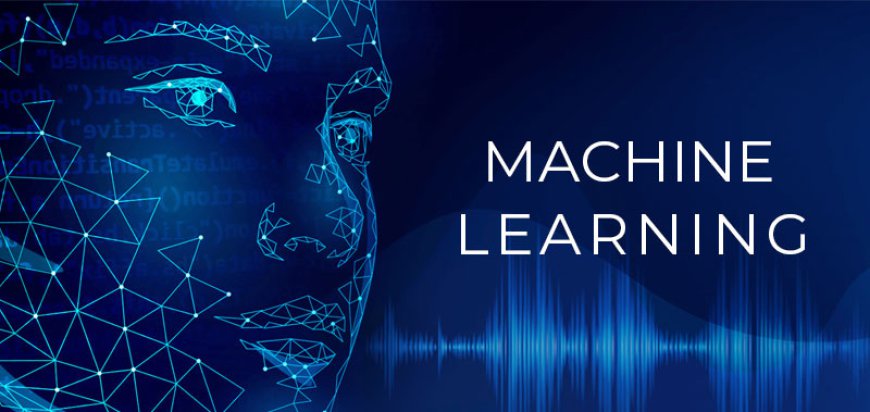How can machine learning algorithms be applied to predict user search intent?

Predicting user search intent using machine learning involves analyzing search queries and behavior to infer what users seek. This process can be broken down into several key steps:
-
Data Collection:
- Query Logs: Collect search queries from users.
- Click-through Data: Gather data on which links users click on after performing a search.
- User Profiles: Collect user-specific data, such as demographics, location, and past search history.
-
Data Preprocessing:
- Cleaning: Remove noise, such as irrelevant queries or clicks.
- Normalization: Standardize data formats.
- Feature Extraction: Extract meaningful features from the raw data. This can include:
- Query Features: Length of the query, presence of certain keywords, etc.
- Behavioral Features: Click patterns, dwell time on pages, etc.
- User Features: User's past search behavior, demographic data, etc.
-
Feature Engineering:
- Text Features: Use techniques like TF-IDF, word embeddings (e.g., Word2Vec, GloVe), or contextual embeddings (e.g., BERT) to convert text data into numerical features.
- Behavioral Features: Create features based on user interactions, such as the time spent on a page, the sequence of clicks, etc.
- Contextual Features: Include temporal and locational information to capture the context of searches.
-
Model Selection:
- Classification Models: For categorizing search intents into predefined classes (e.g., informational, navigational, transactional). Models include logistic regression, decision trees, random forests, gradient boosting, SVMs, or neural networks.
- Sequence Models: For handling sequential data like user search sessions. Models include Recurrent Neural Networks (RNNs), Long Short-Term Memory Networks (LSTMs), or Transformer-based models.
- Hybrid Models: Combining multiple types of models to leverage different aspects of the data. For example, using a CNN for feature extraction from text and an RNN for capturing sequential dependencies.
-
Training the Model:
- Split the data into training, validation, and test sets.
- Train the model on the training set, tune hyperparameters using the validation set, and evaluate the final performance on the test set.
-
Evaluation Metrics:
- Use metrics such as accuracy, precision, recall, F1-score, and ROC-AUC for classification tasks.
- For session-based predictions, metrics like Mean Reciprocal Rank (MRR), Normalized Discounted Cumulative Gain (NDCG), and Mean Average Precision (MAP) are useful.
-
Deployment:
- Integrate the trained model into the search engine infrastructure.
- Monitor the model's performance in real time and periodically retrain it with new data to maintain accuracy.
Machine Learning Training in Pune

 Deepaverma
Deepaverma